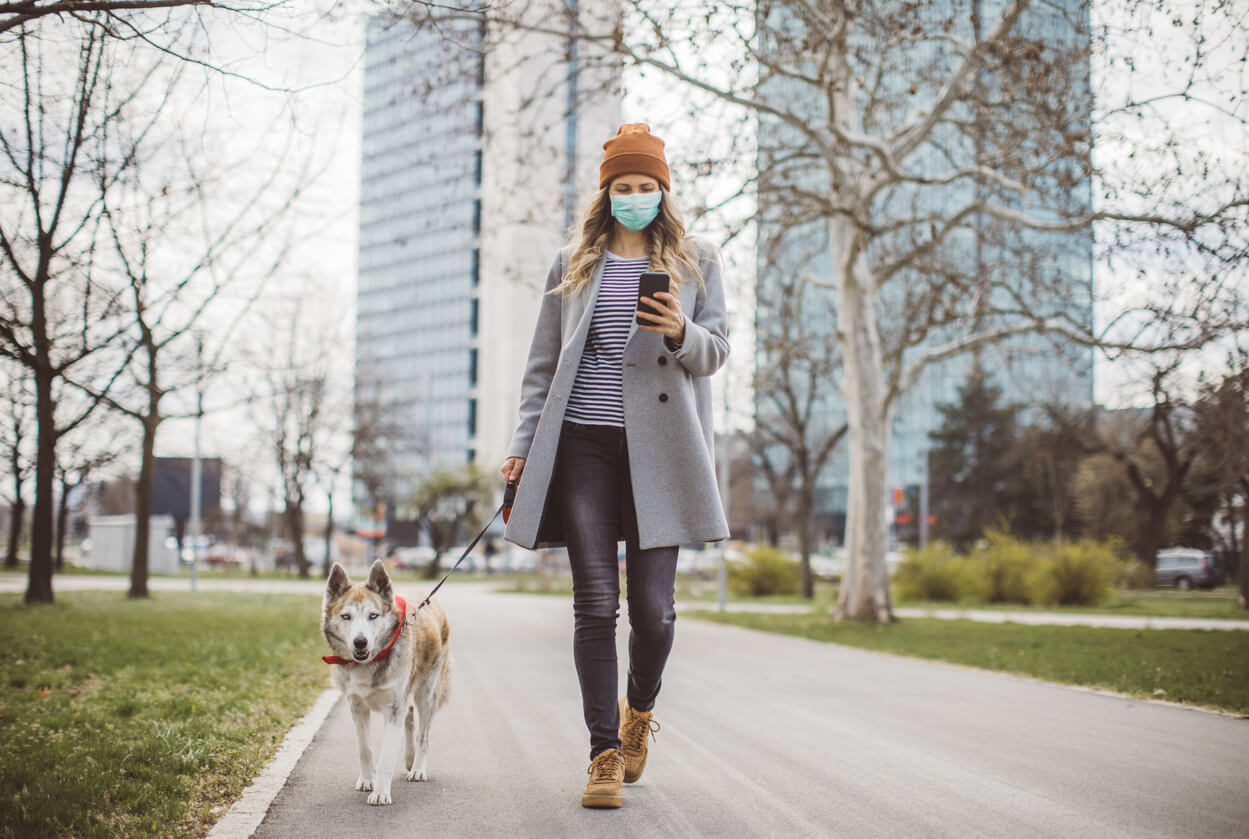They say every cloud has a silver lining if you look closely enough. The horrors of the coronavirus pandemic have us all desperately looking for that bright spot. Some of us have found it in the extra time we are able to spend outdoors.
Walking and bicycling have become popular ways to pass the time and get some needed exercise while we are all still sticking close to home and avoiding the gym. As the weather continues to improve, we expect to see more of our friends and neighbors out enjoying some fresh air, so we have put together this list of resources on pedestrian and bicycle safety.
Walk This Way
According to the federal Centers for Disease Control (CDC), “in 2017, 5,977 pedestrians were killed in traffic crashes in the United States. That’s about one death every 88 minutes. Additionally, an estimated 137,000 pedestrians were treated in emergency departments for nonfatal crash-related injuries in 2017.”
The CDC recommends that pedestrians follow these tips to reduce their risk of injury:
- Increase your visibility at night by carrying a flashlight when walking and wearing reflective clothing, such as reflective vests.
- Cross streets at a designated crosswalk or intersection whenever possible.
- Walk on a sidewalk or path instead of the road. Walk on the shoulder and facing traffic if a sidewalk or path is not available.
- Avoid using electronic devices like earbuds or walking if you have been using alcohol or drugs. They can cause distractions and impair judgement and coordination.
A private company called Walk Score has a tool you can use to check out the “walkability” of your neighborhood.
Get On Your Bikes And Ride!
The National Highway Traffic Safety Administration has created a checklist you can refer to to determine how “bikeable” your neighborhood is. It also recommends following these basic safety guidelines:
- Ride a bike that fits you—if it’s too big, it’s harder to control the bike.
- Ride a bike that works—it really doesn’t matter how well you ride if the brakes don’t work.
- Wear equipment to protect you and make you more visible to others, like a bike helmet, bright clothing (during the day), reflective gear, and a white front light and red rear light and reflectors on your bike (at night, or when visibility is poor).
- Ride one per seat, with both hands on the handlebars, unless signaling a turn.
- Carry all items in a backpack or strapped to the back of the bike.
- Tuck and tie your shoe laces and pant legs so they don’t get caught in your bike chain.
- Plan your route—if driving as a vehicle on the road, choose routes with less traffic and slower speeds. Your safest route may be away from traffic altogether, in a bike lane or on a bike path.
The City of Chicago has produced the following brochures on bicycle safety:
- Kids on Bikes In Chicago (PDF)
- Safe Cycling in Chicago (PDF)
- Tips on Fitting a Bicycle Helmet (PDF) – Learn how to properly fit a bicycle helmet. Two pictures show the proper and improper ways to wear a bicycle helmet.
- Chicago Bike Laws – The Complete Streets website displays all of the Chicago statutes and codes that relate to bicycling.
Here For You If Are Injured
Both pedestrian and bicycle accidents were increasing in Chicago before the pandemic. While more of us are out and about in our neighborhoods, it is important that we do the best we can to stay safe.
If you are injured in an accident while out walking or biking, the Stein & Shulman team is here to help. We have won millions of dollars for accident victims in the Chicagoland area. We work hard to ensure our clients get the money they need to recover from their injuries and get on with their lives. Please contact our office right away if you are in need of our services.

